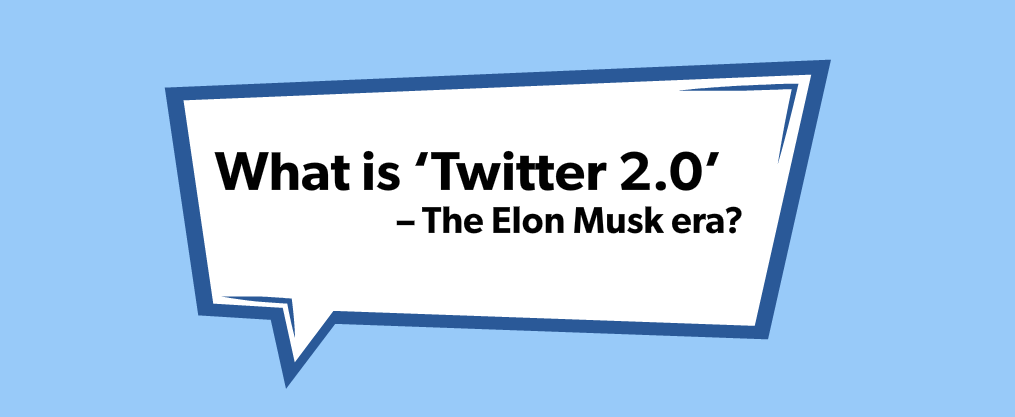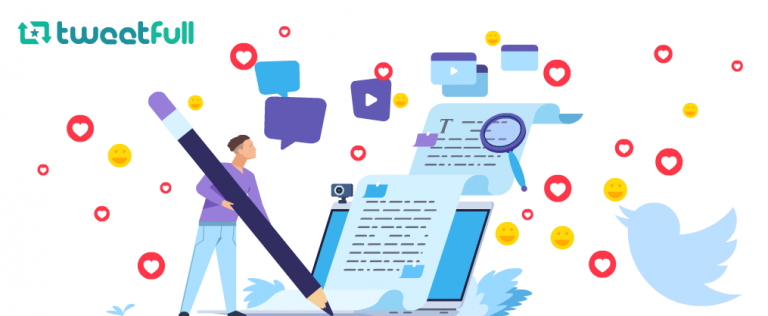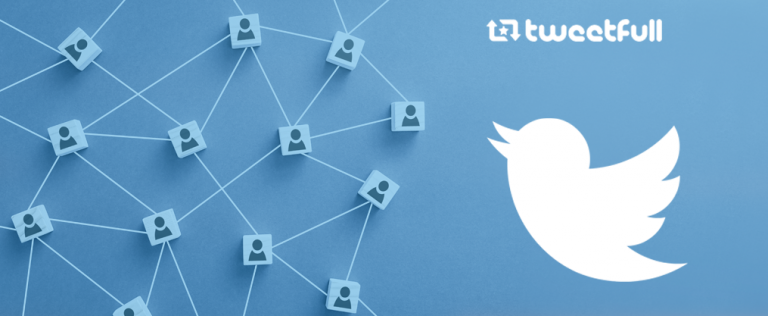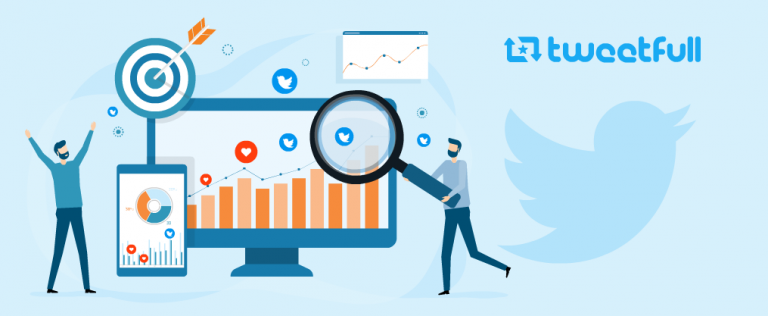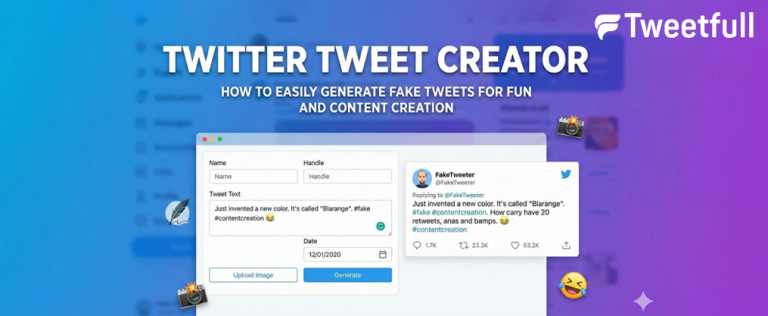What is ‘Twitter 2.0’ – The Elon Musk era?
Since Elon Musk’s high-profile acquisition of Twitter, the term ‘Twitter 2.0’ has become increasingly popular among users, employees, and industry watchers alike. Simply put, Twitter 2.0 refers to Elon Musk’s ambitious vision for the future of the platform—a new phase that promises significant changes to how Twitter operates, engages its users, and positions itself among major social media platforms. Jack Dorsey, Twitter’s co founder and former CEO, played a foundational role in the company’s history and leadership, shaping its early vision and guiding it through key moments before the transition to Musk’s ownership.
Musk’s ownership has already set the wheels in motion for this transformation. The process to buy Twitter involved complex negotiations with Wall Street and unfolded over several weeks, drawing significant public and investor attention. As part of the transition, Musk created new entities and structures, such as Twitter 2.0 and X Holdings, to support his strategic goals. After the acquisition, Musk privately selected a new CEO to replace Parag Agrawal, marking a major leadership change. This new era under Elon Musk’s ownership is defined by his vision and management style. Musk intended Twitter 2.0 to focus on engineering excellence, code quality, and innovation. Musk’s idea for content moderation and governance includes a renewed emphasis on free speech and the establishment of a moderation council. He shared glimpses of Twitter 2.0 through posts on his timeline, revealing internal presentations and upcoming features designed to reshape the Twitter experience. Official press releases from the company also highlight the strategic areas Twitter plans to improve, signaling a bold new direction. In this article, we will explore the key elements of Twitter 2.0 and what Twitter users can expect in the near future.
Introduction to Twitter 2.0
Twitter 2.0 marks a bold new chapter for the major social media platform, ushered in by Elon Musk’s vision to transform Twitter into a truly global town square. Under Musk’s leadership, the platform is undergoing a comprehensive overhaul, with a renewed focus on engineering-driven innovation and writing great code. The goal is to create a space where users can freely express themselves, connect with others, and participate in meaningful conversations on a global scale.
As Twitter evolves, users can expect a series of updates designed to enhance their experience, from improved content moderation policies to more dynamic advertising models. Musk’s idea is to position Twitter as a leader among social media platforms, emphasizing exceptional performance and continuous improvement. Upcoming features, such as encrypted direct messages and a new short video format inspired by YouTube and Instagram, are just a glimpse of what’s in store. With these changes, Twitter aims to provide a more engaging, secure, and innovative platform for its diverse user base.
Acquisition and Ownership
Elon Musk’s acquisition of Twitter was finalized on October 27, 2022, marking a turning point for the company and its millions of users. As the new owner and CEO, Musk quickly set out to reshape Twitter’s identity, introducing new features and policies that reflect his vision for the platform. One of the most notable changes was the launch of Twitter Blue, a subscription service that offers users a blue checkmark and additional perks. While this move was intended to generate new revenue streams and reward exceptional performance, it also sparked controversy due to impersonation issues, as some users exploited the system to create misleading accounts.
Musk has consistently highlighted the importance of free speech on Twitter, aiming to make the platform a space where diverse viewpoints can be shared openly. However, his approach to content moderation and handling of hate speech has drawn both support and criticism, reflecting the challenges of balancing open dialogue with user safety. As a software and servers company, Twitter has undergone significant internal changes, with Musk emphasizing the need for employees to work long hours at high intensity to achieve the level of exceptional performance he expects. These shifts underscore Musk’s commitment to transforming Twitter into a more agile and innovative platform, even as the company navigates the complexities of a rapidly changing social media landscape.
Impact on Staff
The transition to Twitter 2.0 has brought profound changes for Twitter employees, reshaping the company’s culture and expectations. Under Elon Musk’s leadership, the emphasis has shifted toward only exceptional performance, with employees encouraged—or required—to work long hours at a high intensity. Musk has made it clear that meeting this new standard is the passing grade for those who wish to remain part of the company, leading to significant staff turnover as some employees were laid off or chose to leave.
Despite these challenges, Musk has also highlighted the critical role of design and product management teams in shaping the future of the platform. These teams are now at the forefront of creating breakthrough Twitter features that deliver real value to users and advertisers. The focus on innovation and agility is intended to help Twitter remain competitive among social media companies, ensuring the platform continues to evolve in response to user needs and market trends. As Twitter’s staff adapts to this new environment, their ability to collaborate and drive exceptional results will be key to realizing Musk’s vision for a dynamic, user-focused social media platform.
Free Speech!
One of the most talked-about aspects of Twitter 2.0 is Elon Musk’s approach to free speech. Historically, Twitter’s content moderation policies have been a subject of intense debate, with many users and critics weighing in on the platform’s balance between open dialogue and preventing harmful content. Musk has been vocal about his dissatisfaction with what he described as the “sub-standard” free speech policies of pre Elon Twitter. Musk wrote that Twitter should be a platform for free and open speech, emphasizing his commitment to reducing censorship.
Under Musk’s ownership, Twitter employees are reviewing existing policies, and we can anticipate significant updates aimed at promoting what Musk calls a “town square” where diverse opinions can be shared openly. In the past, Twitter enforced stricter content moderation policies, but the current approach is shifting toward fewer restrictions. Already, Musk has reinstated several previously banned accounts, signaling a shift in content moderation philosophy. While free speech remains a complex and controversial topic, Musk’s vision for Twitter 2.0 is to foster a more open environment where users can engage with fewer restrictions, though the exact boundaries are still evolving.
Focusing on engineering and code makes sense for Twitter’s future, as it aligns with Musk’s strategy to prioritize technical innovation and platform stability.
“Advertising As Entertainment”
Another cornerstone of Twitter 2.0 is the reimagining of Twitter advertising. Musk recently highlighted the concept of “Advertising As Entertainment” by sharing an HBO promotion for House of the Dragon and emphasizing the potential for ads to be more engaging and fun rather than intrusive. Twitter also serves as a business platform for brands, where business success strategies are essential for growth and innovation.
Twitter has long been a platform for businesses and advertisers to reach audiences, but Musk intends to innovate this space with new formats and interactive options. Businesses aim to attract and retain customers through effective advertising that drives engagement and conversions. Unlike the traditional, static ads seen on social media platforms like Facebook and Instagram, Twitter’s future advertising model aims to be more immersive and inclusive. Advertisers allocate money to campaigns, making monetization a key focus for Twitter’s growth and sustainability. This shift could attract a broader range of advertisers and increase revenue, crucial for Twitter’s sustainability in an increasingly competitive world of social media companies. With immersive ads, impressions become a vital metric for measuring ad performance and reach. Brands can also promote content through viral tweets and innovative advertising strategies to maximize exposure and engagement. Ultimately, Twitter 2.0 aims to build a more intelligent advertising system that makes sense of user preferences for better targeting and personalization.
Lengthy Tweets Option Will Be Live
Twitter’s identity has been closely tied to its concise tweet format, limiting posts to a small number of characters. However, Musk sees an opportunity to innovate beyond this limitation. Early in 2023, Twitter introduced Twitter Notes, a feature allowing users to publish longer-form content up to 2,500 characters, opening a new way for users to express themselves. Users can now post a wider variety of content formats, reflecting Twitter’s shift toward more diverse and innovative communication.
With Twitter 2.0, we expect further enhancements to this feature. Musk’s team, including design and product management experts, are considering tweaks to how Notes are displayed and how long tweets can be. For example, several public figures have tweeted long-form updates using Notes to share detailed opinions and announcements. These changes could give users more flexibility in creating content while preserving the platform’s signature brevity in the main timeline.
Additionally, Twitter’s policies on external links can impact tweet visibility and user engagement, as penalizing outlinks may reduce content reach and advertising effectiveness.
Blue Tick?
The Blue Tick verification system has been one of the most controversial changes under Musk’s ownership. Traditionally, the blue checkmark served as a validation of identity for notable figures and organizations. However, Musk transformed it into a subscription-based service through Twitter Blue, allowing any user who pays a fee to receive the blue checkmark.
This shift sparked significant backlash, primarily due to increased impersonation risks. Musk explained that the subscription model would generate steady revenue and encourage exceptional performance from Twitter’s staff. While the move has faced criticism, Musk remains confident it will succeed, and Twitter’s team is actively working on solutions to mitigate the impersonation issues. Twitter’s staff is expected to be extremely hardcore in addressing these verification and impersonation challenges, reflecting Musk’s demanding vision for the company’s future.
Something Similar to Instagram Reels
In the race among social media platforms to capture user attention, short-form video content has emerged as a dominant force. Platforms like Instagram and YouTube have popularized formats such as Reels and Shorts, which have become essential for attracting new users and increasing engagement.
Twitter 2.0 plans to introduce a similar feature, enabling users to create and share short portrait videos directly on the platform. This addition could be a breakthrough for Twitter, helping it compete more effectively with other social media companies and drawing a wave of new users eager for dynamic content experiences. Elon Musk has also outlined his vision to transform Twitter into “X, the everything app,” aiming to integrate various communication, video, and social media features modeled after platforms like TikTok and WeChat.
These developments are part of the new Twitter under Musk’s leadership, reflecting a broader rebranding and transformation of the platform.
Encrypted DMs
Privacy concerns have become increasingly important for social media users worldwide. Following high-profile data breaches and leaks, many consumers are wary of how their private communications are handled. Messaging apps like WhatsApp have set a high standard by implementing end-to-end encryption, ensuring that only the sender and recipient can read messages.
Twitter is set to follow suit by rolling out encrypted Direct Messages (DMs). This move will enhance user privacy and security, reinforcing Twitter’s commitment to protecting its users in an era where data privacy is paramount.
Conclusion
The launch of Twitter 2.0 marks a new chapter in the platform’s history, driven by Elon Musk’s vision to reinvent Twitter as an engineering-driven, innovative, and open social media platform. Following significant staff changes, employees who chose not to support Twitter 2.0 were offered three months of severance. Musk’s expectations for the new era include a culture of working long hours, demanding extreme dedication and commitment from the team. In this environment, those who write the best code will have the greatest sway in shaping Twitter’s future. From redefining free speech policies to transforming advertising and introducing new content formats, Musk’s ownership is reshaping Twitter’s identity.
While Twitter is currently in an experimental phase with many updates still unfolding, the direction is clear: Twitter 2.0 aims to be a breakthrough Twitter that adapts to the needs of its users and the demands of an increasingly competitive social media landscape. For businesses, advertisers, and everyday users alike, these changes promise to make Twitter a more engaging and dynamic platform. To make the most of these updates, check out these simple steps to design a stunning Twitter background.
If you want to grow your followers and engagement on Twitter without the hassle, consider trying automation tools designed for the platform. Stay tuned for more updates on Twitter 2.0 and how Musk’s vision continues to evolve.
For the latest news and tools to maximize your Twitter experience, visit Tweetfull, your go-to resource for Twitter automation and updates.

